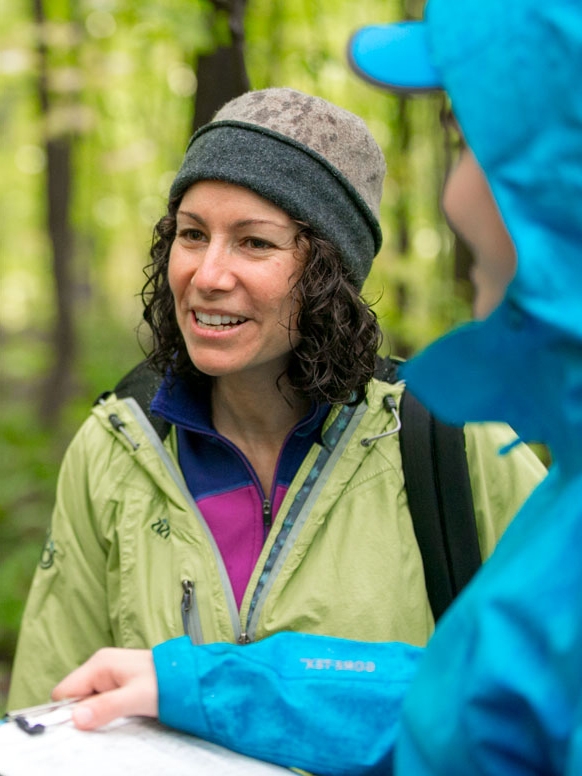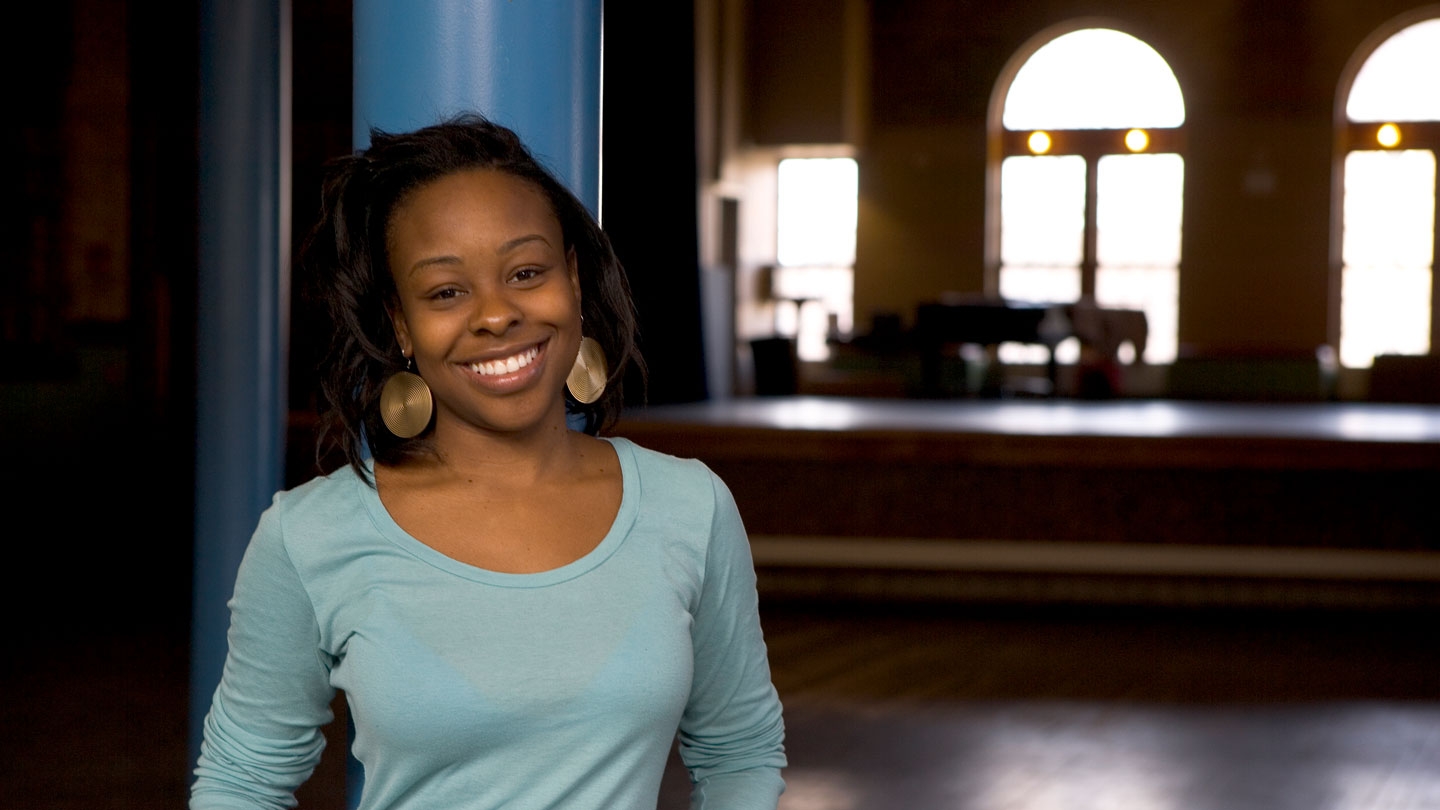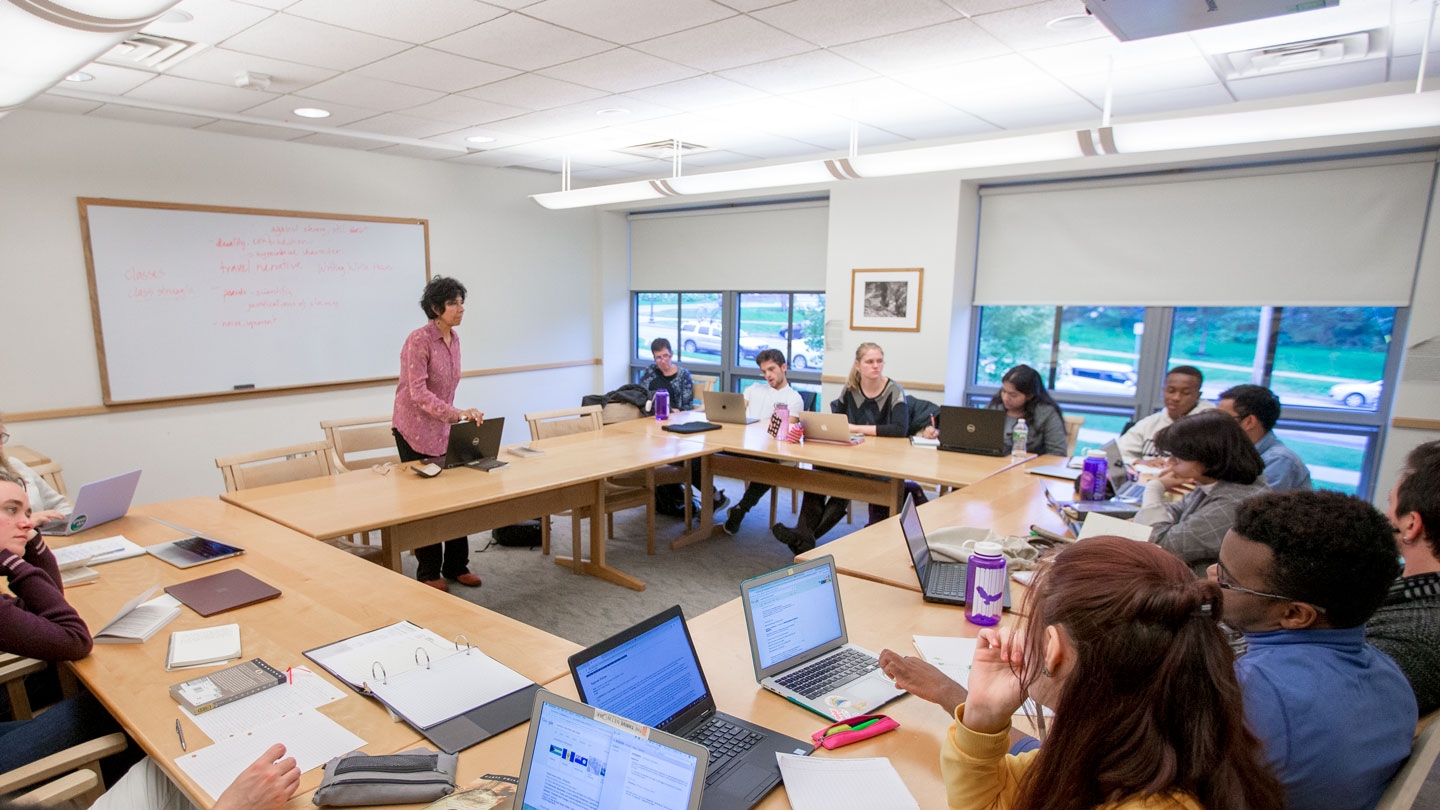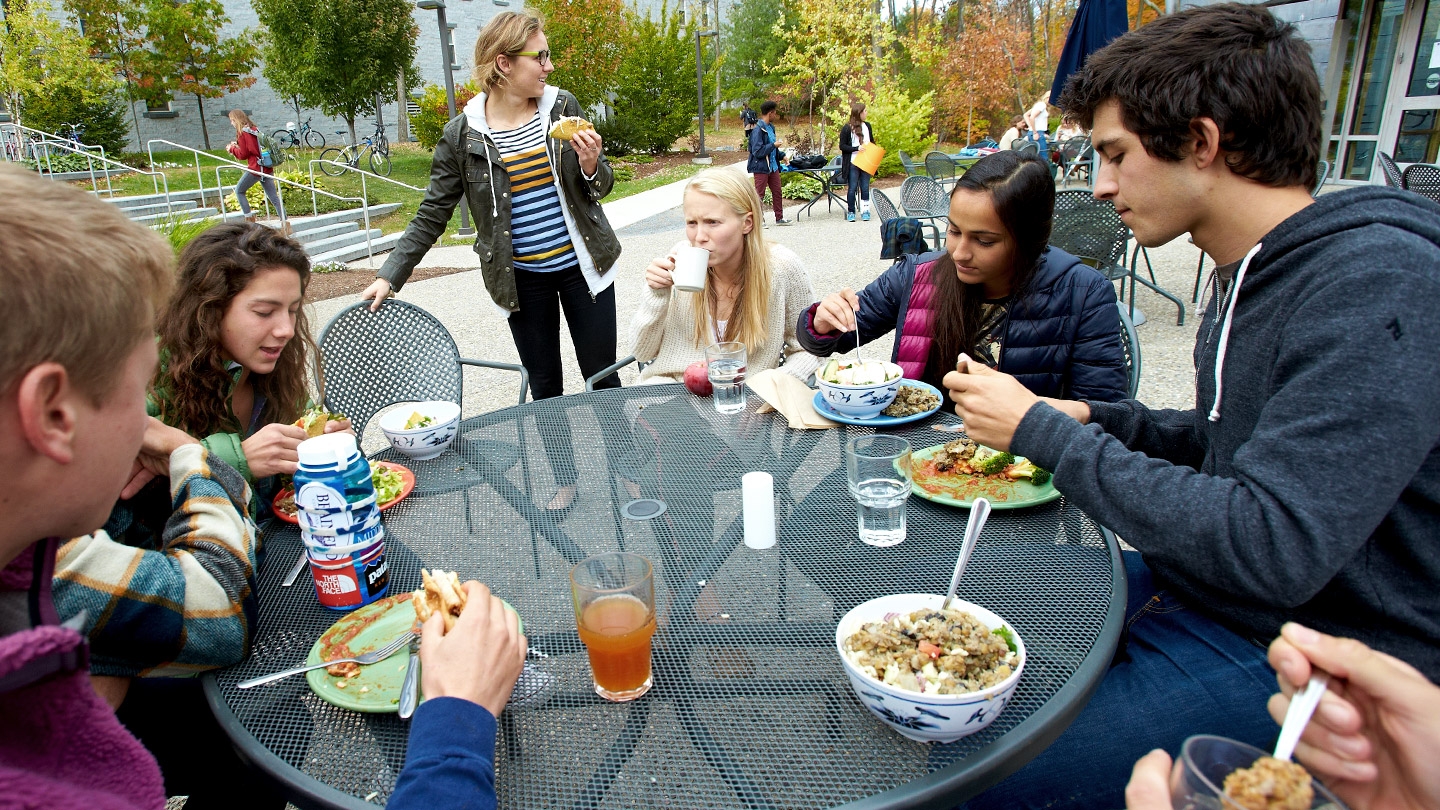
Profile 1
Subtitle
This is your headline that positions your department in the context of Middlebury’s academic mission, ideally in an active voice that speaks from the user’s perspective in terms of what they will gain from the experience.
This is introductory language that gives an overview of the department. Much of what you currently have on your home page is perfectly appropriate here, but should be much shorter. Lorem ipsum dolor sit amet lorem ipsum dolor sit amet ipsum dolor sit amet ipsum dolor sit amet.

This is where you could feature something timely, such as a recent award, a new program or initiative, or faculty/student research. You can then link to a place in the site where that info is expanded on.
Link.
This is where you could put temporary important information that you want students and faculty to see right away, such as deadlines or upcoming schedule changes.
More about Announcement
Department has three key components:
Learn more about our Learning Goals.

A themed panel is a great way to show multiple aspects of a related topic, such as featured courses, upcoming events in a symposium, or alumni activity around the major. Here we highlight that Department has a range of courses, from introductory XYZ to independent study for juniors and seniors in the major.
This is one of the chart options available for showing information. In this version, we created a chart group of three numbers charts.

This is a visual way to share statistic information.
A Call to Action (CTA) group component directs users to specific areas of interest or importance within the website.
Faculty Office Hours